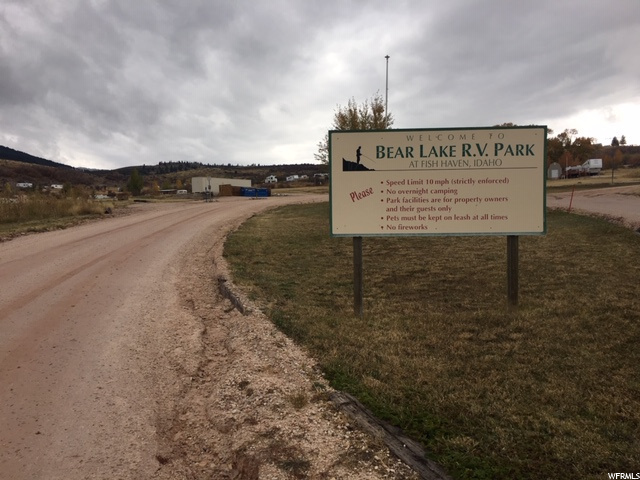

Keystone State was propelled by two paddle wheels that were nearly 40 feet (12.2 m) in diameter. Steam for the engine was provided by two firebox boilers. The engine was manufactured in New York City. She was powered by a 500 hp (370 kW) single cylinder walking beam engine, the cylinder of which was 65 inches (165.1 cm) in diameter, and had a stroke of 10 feet (3.0 m). At her main deck, Keystone State had overhanging hull guards, which brought her overall beam to 63 feet (19.2 m). Keystone State 's wooden hull was 288 feet (87.8 m) long, while her beam was 35 feet (10.7 m) wide. Powers, although Smith later claimed to have designed it. Newspapers reported that her main cabin was designed by a Captain E. The joiner work for Keystone State was done by carpenter John M. Keystone State had two funnels, a 16 foot (4.9 m) by 230 foot (70.1 m) dining room, 70 large state rooms, and could accommodate 800 passengers and 6,000 barrels of freight.
#1854 HAVEN PARK CIRCLE WINDOWS#
Maritime historian Robert McGreevy wrote that the interiors of palace steamers "were made to look like the finest hotels", and had "leaded glass windows and carved arches and mahogany trim". Keystone State was a so-called palace steamer, a class of Great Lakes paddle steamers known for their lavish interiors. She was named in honor of the Commonwealth of Pennsylvania. By the time she was completed, Keystone State was the second largest ship on the Great Lakes, after the paddle steamer Empire State. Keystone State (also spelled Key Stone State) was built in 1848 by Bidwell & Banta of Buffalo, New York. Keystone State in Buffalo, New York, before her engines were installed The wreck rests in nearly 175 feet (53.3 m) of water northeast of Harrisville, Michigan, about 40 to 50 miles (64.4 to 80.5 km) from where Keystone State was last seen afloat. The location of Keystone State 's wreck remained a mystery for 151 years, until it was found in July 2013 by shipwreck hunter David Trotter. Keystone State 's fate was unknown for over a week, until pieces of wreckage washed ashore. She was last seen off Port Austin, Michigan, struggling in a storm, and eventually sank with the loss of all 33 people on board. Although her cargo manifest listed her cargo as farm machinery, it was rumored that this was a cover for military supplies and gold. On November 8, 1861, Keystone State left Detroit for Milwaukee, Wisconsin, under the command of Captain Wilkes Travers. When the American Civil War began in 1861 she was refurbished, and put back into service. Due to the Panic of 1857, Keystone State and several other paddle steamers were laid up. She was built for the passenger and package freight trade, frequently carrying both wealthy passengers and European immigrants who desired to settle in the Midwestern United States. A luxuriously furnished palace steamer, she operated between Buffalo and Chicago, Illinois, while also making stops at various other ports.

Reed of Erie, Pennsylvania, and operated as part of his "Chicago Line". She was built in 1848 in Buffalo, New York, by Bidwell & Banta for ship-owner Charles M. PS Keystone State (also spelled Key Stone State) was a wooden-hulled American paddle steamer in service between 18.

63 feet (19.2 m) (with overhanging guards).Empire State, a paddle steamer of a similar age and size to Keystone StateĪ nickname for the Commonwealth of Pennsylvania


 0 kommentar(er)
0 kommentar(er)
